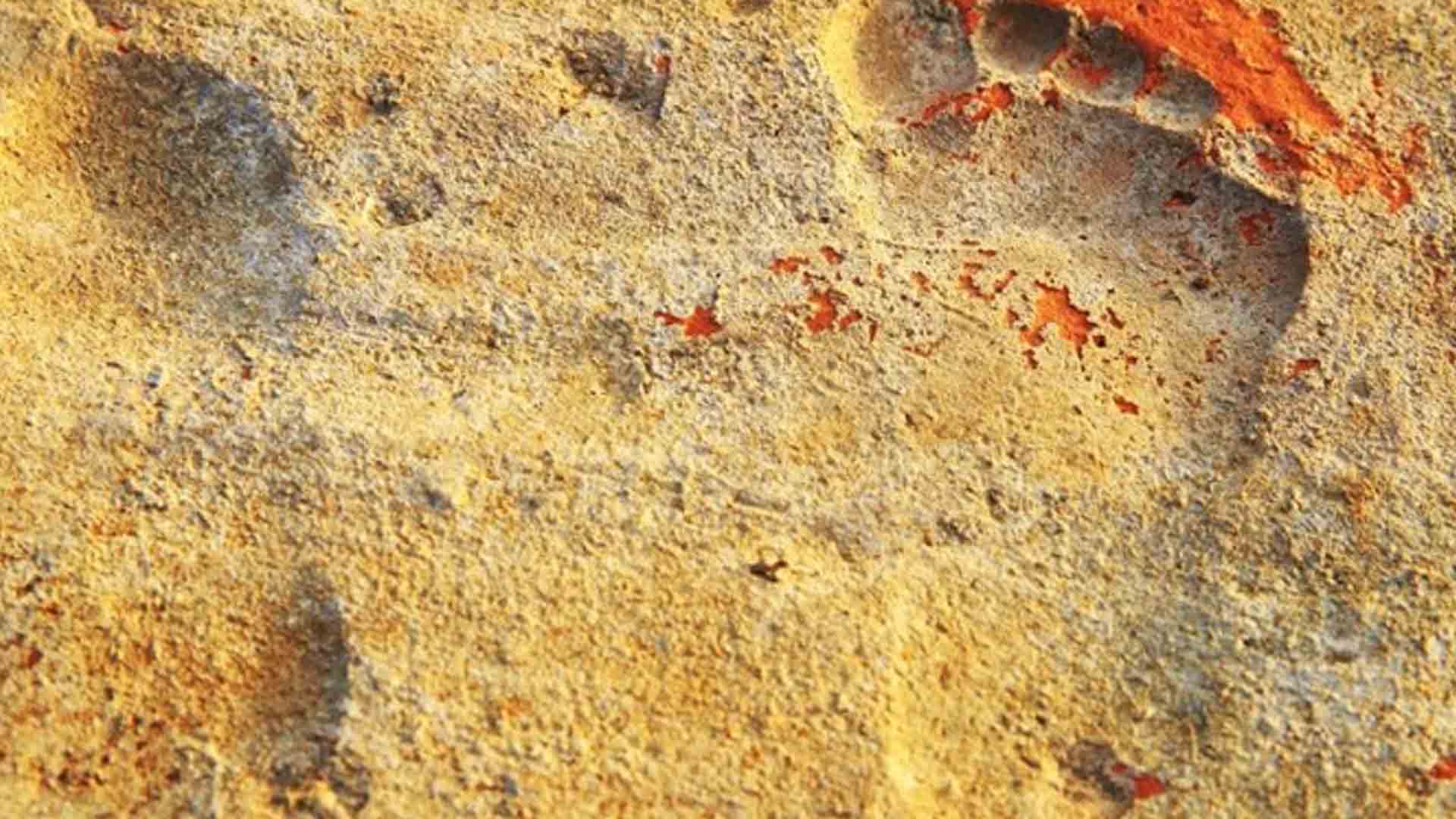Child footprints, dating thousands of years, have been brought to light in excavations in the ancient city of Stratonikeia in western Türkiye.
Professor Bilal Sogut, head of the Stratonikeia excavation, told Anadolu that teams have carried out “fruitful” works in the ancient city located in the Yatagan district of Mugla province, in 2023.
Sogut said they have made impressive efforts in the centennial of the Republic, leading to numerous discoveries.
“We found footprints dating back nearly 1,900 years in the remains of a Roman period bath’s upper cover. We even determined that these footprints, on the bricks used in the vault, belonged to three different 2- to 3-year-old children,” noted Sogut.
“In our previous works, we found different depictions on roof tiles and wall bricks, but for the first time, we came across such a footprint. These footprints were coming from different directions, and they were not all in the same direction. This, for us, is a positive development,” he added.
Stratonikeia is called the “City of Gladiators” and listed on the UNESCO World Heritage temporary list.
It is also known as one of the world’s largest marble cities. Excavation in the ancient city began in 1977.
The ancient city, significant for the Hellenistic, Roman and Byzantine periods, as well as the Anatolian principalities, Ottoman and Republic eras, houses significant artifacts. (PNA)









